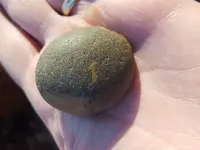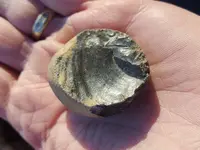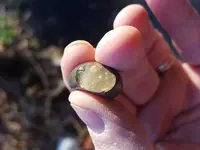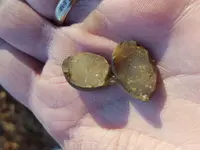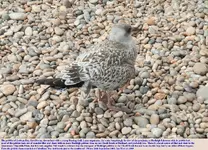StoneHunter
Full Member
Here are some pics of flint I've collected from the shores of the Potomac river. This flint was carried to the colonies as ballast in English merchant ships and dumped in the river prior to reaching their destination.
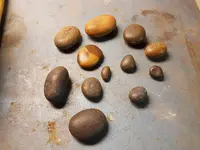
I call these "beans" and have collected more than 100 of them over the years. They are typically either black or a caramel color on the inside.
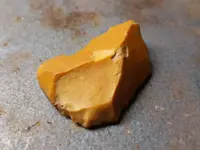
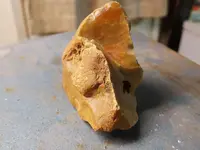
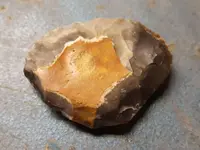
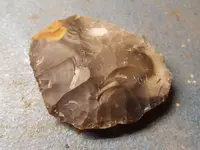
This is a piece of flint that I've taken some flakes off of to test its workability.
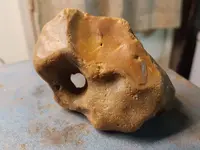
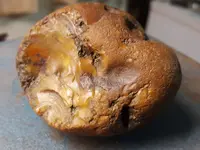

I call these "beans" and have collected more than 100 of them over the years. They are typically either black or a caramel color on the inside.




This is a piece of flint that I've taken some flakes off of to test its workability.





